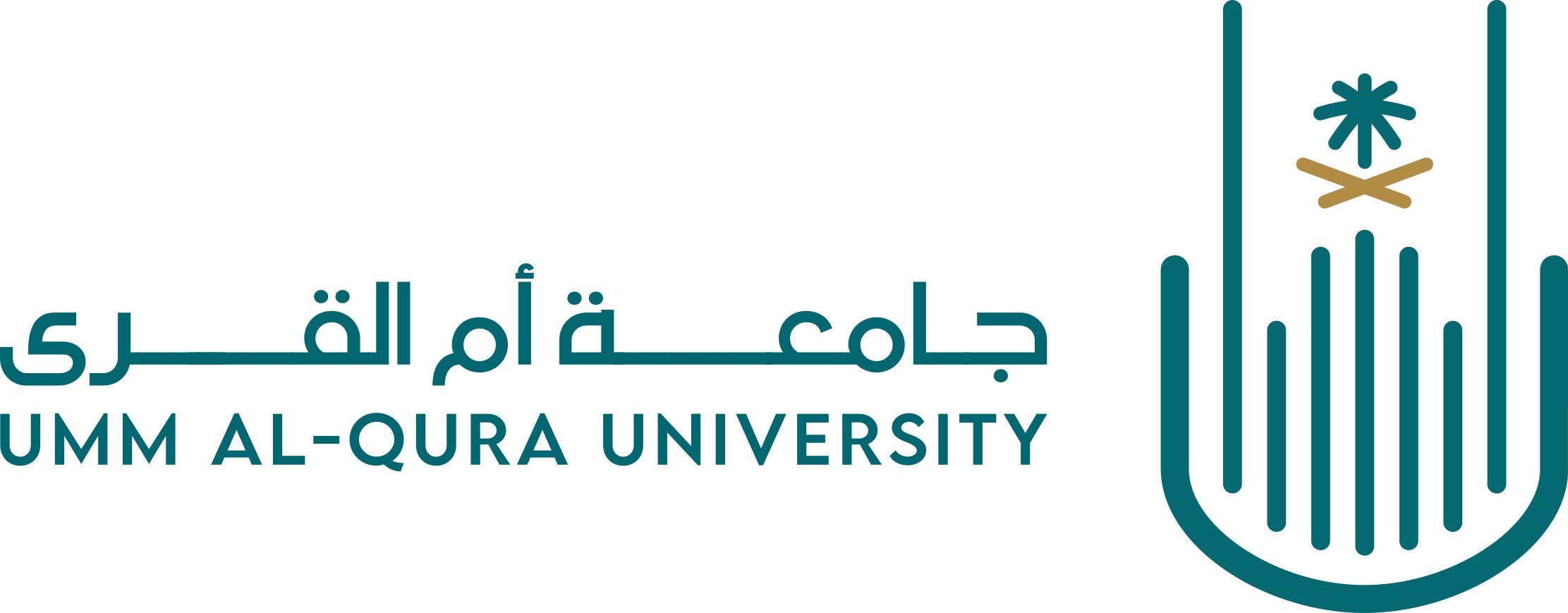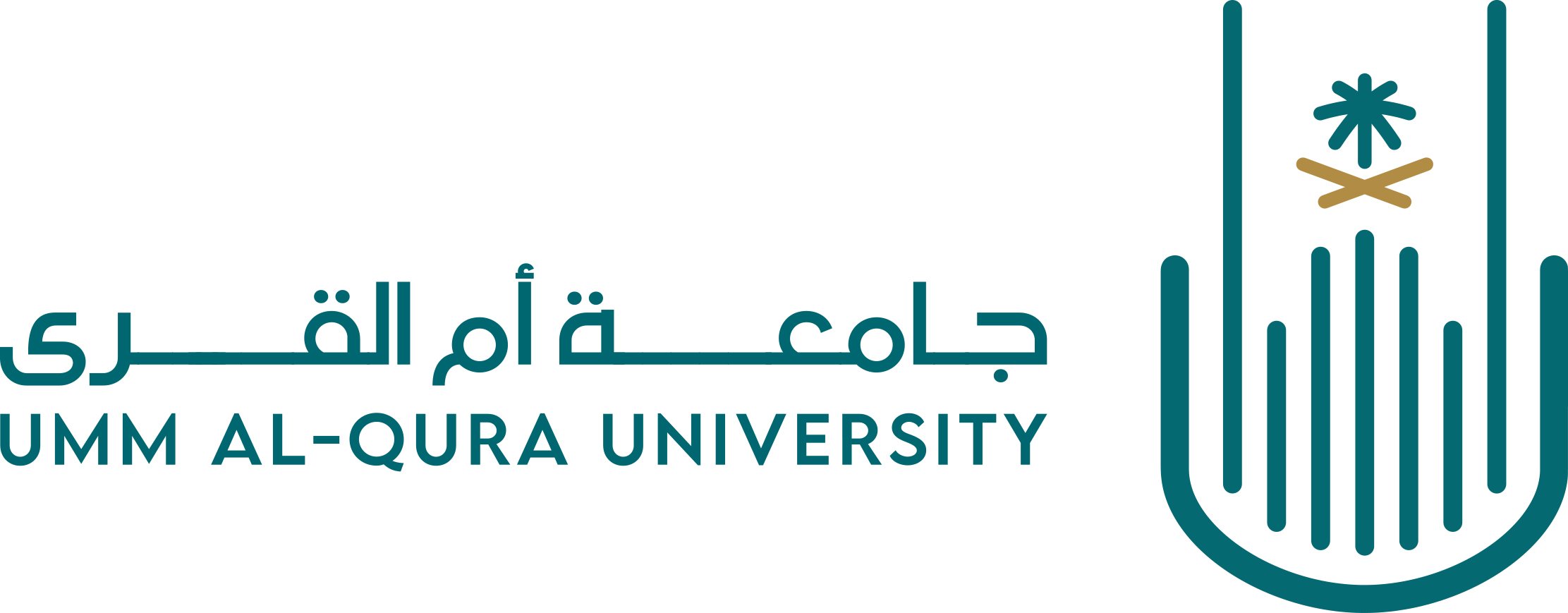- Communities& Collections
- Browse Items by:
- Issue Date
- Author
- Title
- Subject
تطبيق مفهوم المخيم الذكي بمشعر منى باستخدام تكنولوجيا إنترنت الأشياء
حظي مفهوم المباني الذكية باهتمام متزايد خلال العقد الماضي، حيث تم تطوير العديد من التقنيات الذكية خلال تلك الحقبة. كما أخذت العديد من المنظمات البحثية مسؤولية وضع تعريف للمبنى الذكي ، أو في دراستنا "المخيم الذكي". قد يركز أحد التعريفات على منظور الأداء (الإدارة الفعالة للموارد ، راحة المستخدم، القدرة على التكيف بسرعة مع الاحتياجات المتغيرة للمستخدمين، وتقليل التكاليف). وهناك منظور آخر يراعي وجهة النظر التكنولوجية (أتمتة المبنى، الاتصالات، السلامة، والراحة، الخ). وبشكل عام، يجب أن ينظر إلى المخيم الذكي من وجهة نظر متعددة المنظور، بما في ذلك الجمع الصحيح بين الهندسة المعمارية وتكنولوجيا المعلومات والأتمتة والبيئة والطاقة والخدمات وإدارة المرافق، بالإضافة إلى الاهتمام بالراحة والرفاهية، والتكيف المناسب مع الاحتياجات الثقافية. يصف مصطلح "إنترنت الأشياء" نظامًا يرتبط فيه العالم الرقمي بالعالم المادي الذي يشكل شبكة عالمية. تستخدم تكنولوجيا إنترنت الأشياء أجهزة الاستشعار وتقنية نقل البيانات المدمجة في الأجهزة والمعدات (على سبيل المثال في حالة المخيم الذكي: الأبواب،وحدات التهوية،وحدات التدفئة/التبريد، وحدات الإضاءة، أنظمة المياه، أنظمة الطاقة الكهربائية، أنظمة الاتصالات، وما إلى ذلك). يتيح ذلك تنسيق الكائنات والتحكم فيها عبر شبكة بيانات (إنترنت) بهدف توفير قيمة مضافة للمستخدم (ساكن المخيم). تعرض هذه الدراسة مفهوم المخيم الذكي باستخدام تكنولوجيا إنترنت الأشياء. ويناقش كيفية التحكم في وظائف وحالة المخيم بشكل تلقائي وذكي باستخدام أجهزة الاستشعار المتصلة باستخدام تكنولوجيا إنترنت الأشياء لمراقبة حالة المخيم (مثل درجة الحرارة، الرطوبة، مستشعرات الغازات والأدخنة، مستشعرات الضوء، وما إلى ذلك). توفر تلك المستشعرات البيانات الضرورية المطلوبة للتحكم في مستوى الراحة بالمخيم تلقائيًا وتحسين استخدامية الموارد المتاحة (مثل الطاقة والماء)، بالإضافة إلى تأمين المخيم والحفاظ على أمان المقيمين فيه. Smart buildings have received increasing interest over the last decade, as various smart technologies have been developed. Various research organizations took the responsibility to define smart building, or in our case smart camp. One definition might focus on the performance perspective (efficient management of resources, user comfort, capability to adapt quickly to changing needs of users, and minimization of costs). Another perspective considers the technological point of view (building automation, communication automation, safety, and convenience). In general, smart camp should be seen from a multi-perspective view point, involving the right combination of architecture, information technology, automation, environment and energy, services and facility management, in addition to comfort maximizing and proper adaption to cultural needs. IoT (Internet of Things) exploits sensors, actuators, and data communication technology embedded into physical objects. (e.g., in the case of a smart camp, heating/cooling modules, lighting modules ventilation modules, etc.) to enable objects to be coordinated and controlled across a data network (internet) with the goal of creating value to the user. This study presents the concept of smart camp using IoT. It discusses how to automatically and smartly control various functions and conditions of the camp by using IoT connected sensors for monitoring the camp status (e.g., temperature, humidity, smoke, light, etc.). These sensors provide necessary data that is required to automatically adjust the comfort level of the camp and optimize the available resources (energy and water) usage, in addition to keeping the camp-site safe and secure.
| Title: | تطبيق مفهوم المخيم الذكي بمشعر منى باستخدام تكنولوجيا إنترنت الأشياء |
| Other Titles: | Towards Smart Camps in Mina Holy Place: Exploiting IoT Technologies |
| Authors: | ياسين, محمد صديق صادق خان, عصام علي شمبور, محمد خالد يوسف |
| Subjects :: | تطوير الخيام منى التقنية في الحج والعمرة |
| Issue Date :: | 6-March-2019 |
| Publisher :: | معهد خادم الحرمين الشريفين لأبحاث الحج والعمرة - جامعة أم القرى |
| Series/Report no.: | أبحاث الملتقى العلمي 19;9 |
| Abstract: | حظي مفهوم المباني الذكية باهتمام متزايد خلال العقد الماضي، حيث تم تطوير العديد من التقنيات الذكية خلال تلك الحقبة. كما أخذت العديد من المنظمات البحثية مسؤولية وضع تعريف للمبنى الذكي ، أو في دراستنا "المخيم الذكي". قد يركز أحد التعريفات على منظور الأداء (الإدارة الفعالة للموارد ، راحة المستخدم، القدرة على التكيف بسرعة مع الاحتياجات المتغيرة للمستخدمين، وتقليل التكاليف). وهناك منظور آخر يراعي وجهة النظر التكنولوجية (أتمتة المبنى، الاتصالات، السلامة، والراحة، الخ). وبشكل عام، يجب أن ينظر إلى المخيم الذكي من وجهة نظر متعددة المنظور، بما في ذلك الجمع الصحيح بين الهندسة المعمارية وتكنولوجيا المعلومات والأتمتة والبيئة والطاقة والخدمات وإدارة المرافق، بالإضافة إلى الاهتمام بالراحة والرفاهية، والتكيف المناسب مع الاحتياجات الثقافية. يصف مصطلح "إنترنت الأشياء" نظامًا يرتبط فيه العالم الرقمي بالعالم المادي الذي يشكل شبكة عالمية. تستخدم تكنولوجيا إنترنت الأشياء أجهزة الاستشعار وتقنية نقل البيانات المدمجة في الأجهزة والمعدات (على سبيل المثال في حالة المخيم الذكي: الأبواب،وحدات التهوية،وحدات التدفئة/التبريد، وحدات الإضاءة، أنظمة المياه، أنظمة الطاقة الكهربائية، أنظمة الاتصالات، وما إلى ذلك). يتيح ذلك تنسيق الكائنات والتحكم فيها عبر شبكة بيانات (إنترنت) بهدف توفير قيمة مضافة للمستخدم (ساكن المخيم). تعرض هذه الدراسة مفهوم المخيم الذكي باستخدام تكنولوجيا إنترنت الأشياء. ويناقش كيفية التحكم في وظائف وحالة المخيم بشكل تلقائي وذكي باستخدام أجهزة الاستشعار المتصلة باستخدام تكنولوجيا إنترنت الأشياء لمراقبة حالة المخيم (مثل درجة الحرارة، الرطوبة، مستشعرات الغازات والأدخنة، مستشعرات الضوء، وما إلى ذلك). توفر تلك المستشعرات البيانات الضرورية المطلوبة للتحكم في مستوى الراحة بالمخيم تلقائيًا وتحسين استخدامية الموارد المتاحة (مثل الطاقة والماء)، بالإضافة إلى تأمين المخيم والحفاظ على أمان المقيمين فيه. Smart buildings have received increasing interest over the last decade, as various smart technologies have been developed. Various research organizations took the responsibility to define smart building, or in our case smart camp. One definition might focus on the performance perspective (efficient management of resources, user comfort, capability to adapt quickly to changing needs of users, and minimization of costs). Another perspective considers the technological point of view (building automation, communication automation, safety, and convenience). In general, smart camp should be seen from a multi-perspective view point, involving the right combination of architecture, information technology, automation, environment and energy, services and facility management, in addition to comfort maximizing and proper adaption to cultural needs. IoT (Internet of Things) exploits sensors, actuators, and data communication technology embedded into physical objects. (e.g., in the case of a smart camp, heating/cooling modules, lighting modules ventilation modules, etc.) to enable objects to be coordinated and controlled across a data network (internet) with the goal of creating value to the user. This study presents the concept of smart camp using IoT. It discusses how to automatically and smartly control various functions and conditions of the camp by using IoT connected sensors for monitoring the camp status (e.g., temperature, humidity, smoke, light, etc.). These sensors provide necessary data that is required to automatically adjust the comfort level of the camp and optimize the available resources (energy and water) usage, in addition to keeping the camp-site safe and secure. |
| Description :: | Recommendations: As the concept of smart cities has gained increasing attention over the last decade, the use of Internet applications in serving the guests of Al-Rahman has gain a higher priority. In Mena holy place, the concept of smart camp can be extended by the proper use of IoT technologies. This is achieved by controlling the functions and condition of the camp automatically and intelligently through monitoring the camp state using sensors. In addition, it is possible to remotely track masses of pilgrims, traffic congestion levels, road conditions, and environmental conditions to get solutions, that support decision makers, by processing such data with artificial intelligence techniques. |
| URI: | http://dorar.uqu.edu.sa//uquui/handle/20.500.12248/131895 |
| Appears in Collections : | 4- المحور الرابع التقنيات وتطبيقاتها |
| File | Description | Size | Format | |
|---|---|---|---|---|
| السجل العلمي لأبحاث الملتقى 19-324.pdf | ملخص مقال - تطبيق مفهوم المخيم الذكي بمشعر منى باستخدام تكنولوجيا إنترنت الأشياء | 246.39 kB | Adobe PDF |  View/Open |
| أبحاث الملتقى 19 - إنجليزي-130-139.pdf | البحث باللغة الإنجليزية | 816.64 kB | Adobe PDF |  View/Open |
Items in D-Library are protected by copyright, with all rights reserved, unless otherwise indicated.



Comments (0)